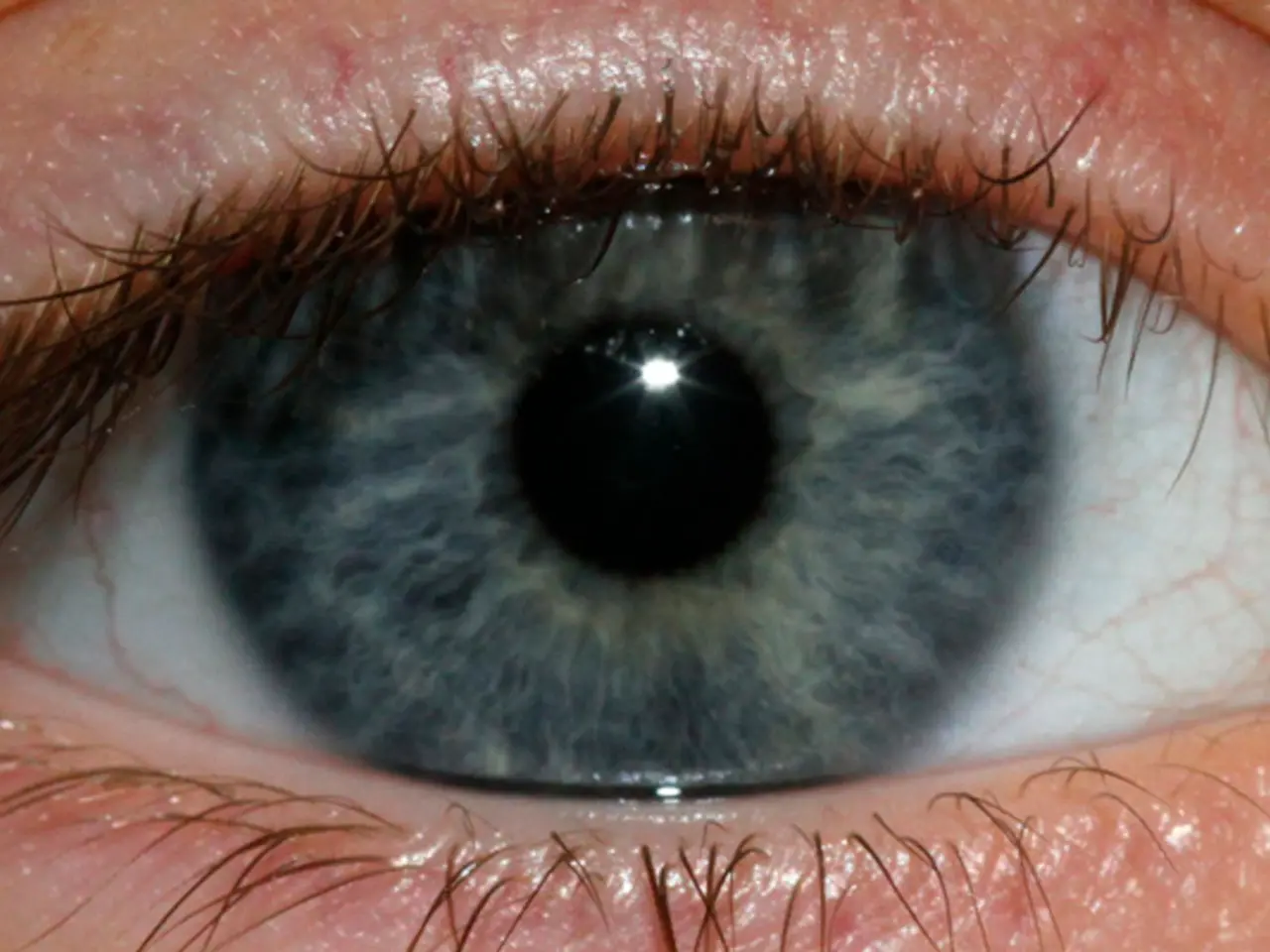Differences Between Diabetic Retinopathy and Macular Edema
Diabetes and Eye Health: Understanding Diabetic Retinopathy and Diabetic Macular Edema
Diabetes can lead to serious eye problems, including Diabetic Retinopathy (DR) and Diabetic Macular Edema (DME). These conditions affect the health and function of the retina, the thin layer of tissue at the back of the eye, and can cause vision loss if left untreated.
Diabetic Retinopathy (DR) is a diabetes-related retinal disease characterized by damage and weakening of blood vessels in the retina. This condition can cause the vessels to leak, break down, or grow abnormally, potentially leading to vision problems such as blurry or wavy vision, difficulty seeing in low light, floaters, or loss of peripheral vision.
Diabetic Macular Edema (DME), on the other hand, is a specific complication of DR. It refers to the swelling of the macula—the central part of the retina responsible for sharp, central vision—due to fluid leaking from damaged retinal blood vessels. This fluid buildup causes the macula to swell, leading to distorted vision, colors appearing washed out, or central vision loss.
Relationship and Development
DME develops as a consequence of diabetic retinopathy when damaged blood vessels leak fluid into the macula. Not all diabetic retinopathy patients develop DME, but DME is one of the most serious vision-threatening complications of diabetic retinopathy. Both conditions are caused by high blood sugar levels causing inflammation and damage to retinal blood vessels, leading to leakage and swelling.
Differences
While diabetic retinopathy affects the retina broadly, DME specifically affects the macula area. The primary issue in DR is blood vessel damage, leakage, and/or abnormal growth, whereas in DME, the issue is macular swelling due to fluid accumulation. Vision impact also differs, with DR causing peripheral vision loss, blurry vision, floaters, and DME causing central vision distortion, blurred or washed-out colors, or central vision loss.
Prevention and Management
Prevention of both conditions lies in managing blood sugar, blood pressure, and cholesterol levels tightly. Annual eye exams are essential for early detection of both conditions to prevent progression. Treatment of diabetic retinopathy aims to prevent or slow blood vessel damage, while treatment of DME includes intravitreal injections of anti-VEGF agents to reduce vessel leakage and swelling, laser therapy to seal leaking vessels, or surgery in severe cases.
In summary, diabetic retinopathy damages retinal blood vessels broadly, while diabetic macular edema is the swelling of the macula caused by this damage. DME is a direct complication arising from retinopathy, and their prevention and management overlap, focusing on good diabetes control and eye monitoring.
Yearly eye exams are essential for a person living with diabetes to check their eye health and identify any conditions in the early stages. If a person living with diabetes begins to notice changes to their vision, such as blurriness, they should attend an eye exam immediately. By managing their diabetes effectively and attending regular eye exams, individuals can significantly reduce their risk of vision loss due to DR or DME.







